Step By Step Guide to Search Console

Index Of The Blog
Google Search Console Guide
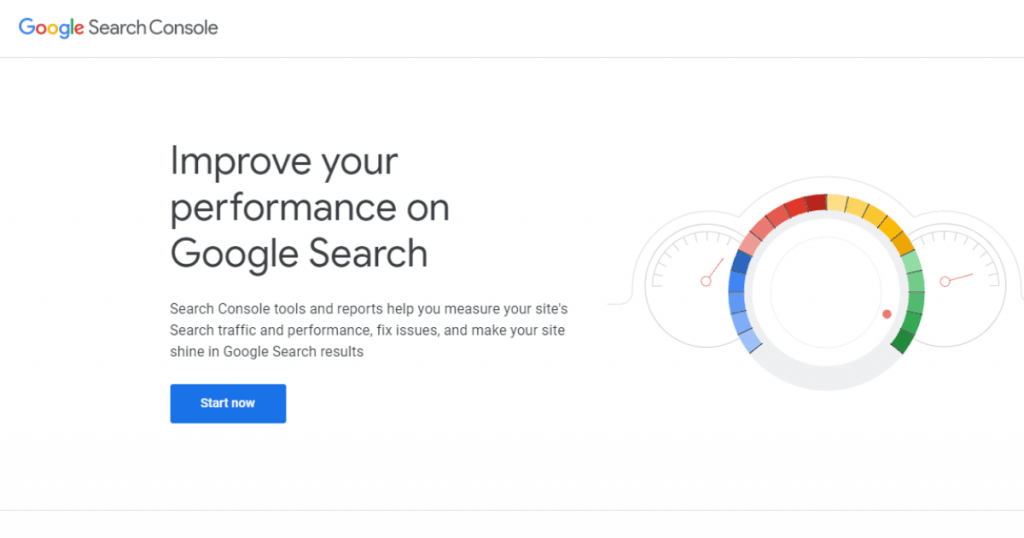
Google Search Console Guide. Of course, you have often searched for the best free SEO tool. I felt the same way. There are a lot of free tools, but often they are quite limited.
These SEO tools usually have only a few functions, can only resort to a limited data set or give dubious analyzes. But there is an alternative that is underestimated by most.
In my opinion, I present the best free SEO tool below and show you what you can do with it.
Google Search Console / Webmaster Tools
the Google Search Console, which you can reach at search.google.com.
It may not sound that exciting, but the Search Console has really good and in-depth data that no other SEO tool can provide.
Not only can you analyze individual rankings and their development very well, but the data is also provided by Google itself, which makes them particularly trustworthy.
All other SEO tools rely on self-collected data or make their own assumptions. This is different from the Search Console because the ranking data and other values come directly from Google.
How To Optimize Articles With This Free SEO Tool
In the Google Search Console, you will find various analyzes and data from the Google search, which otherwise does not exist. In Google Analytics, for example, Years ago, the display of the search terms under which one is found, more or less disabled. The absolute majority of the search terms was not displayed.
In the Search Console, on the other hand, they are available and you even get rankings and click-through rates.
Unfortunately, the Search Console is a few days behind, so you do not get up-to-date data here. But it’s a very helpful SEO tool.
Ranking evaluations and optimization
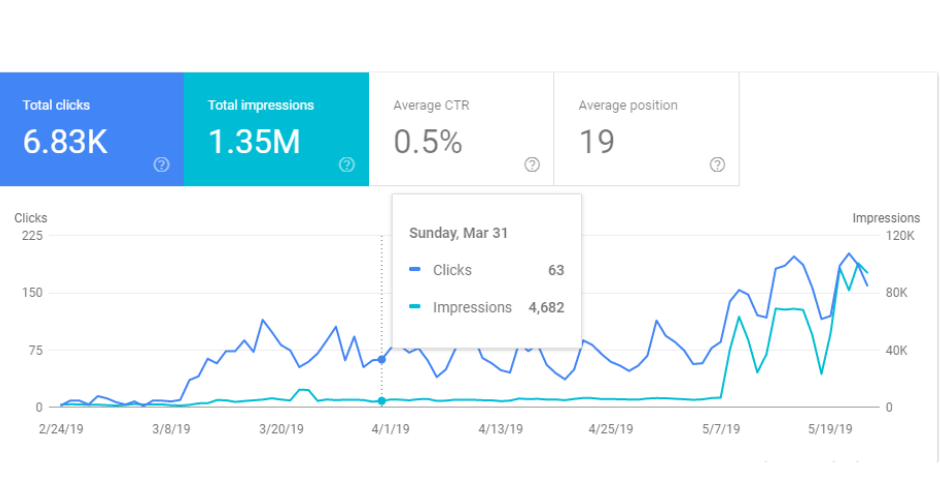
Under the menu item “Performance” you will find an analysis of the rankings and their progress.
Here you can see, for example, to which keywords a separate article in Google entwines.
Of course, this data is also available for the entire website, so that you get a good overview of long-term development.
Analysis of individual keywords
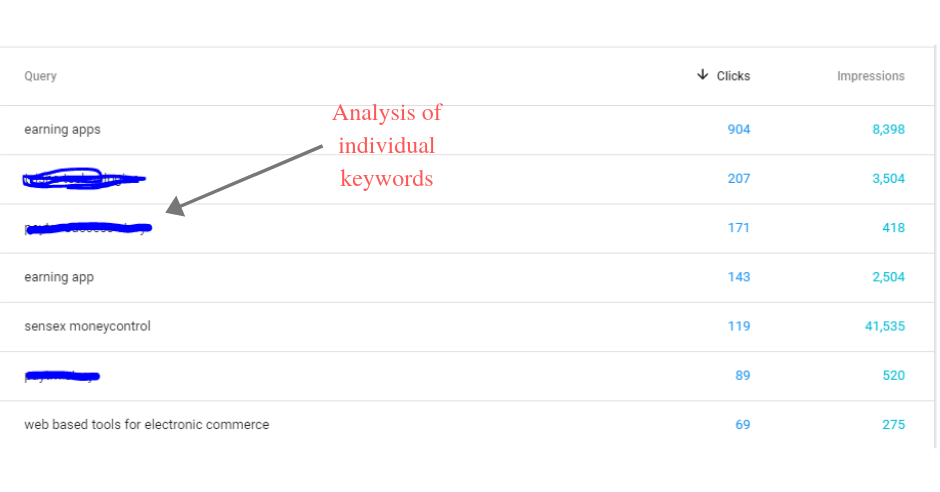
First, you can look at the data for individual keywords, which is very exciting. To do this, click on a keyword in the tab “Search queries” and this will be activated as a filter and all displayed data are then only for this keyword.
Here you have the choice of four key figures, which you can select and display individually or in any combination.
- The number of clicks your site received for the keyword per day in Google search results, including total.
- The impression daily values are the number of times your site for this keyword appeared in the search results.
- The CTR, which is the click-through rate, indicates how the relationship between impressions and clicks is, and here too, you can see the development very nicely.
- And last but not least, there’s an ad that shows the location where Google’s own website ranks for that keyword.
Here you can see how often certain pages of your own website appear on the keyword in Google. You can also see the number of clicks, the CTR and the average position.
In this way, you can see, for example, whether there are double rankings or whether certain pages in the rankings have alternated.
Due to the site links, which are partly displayed in the front search results, there are some pages that have a very low CTR, which is quite normal. So you should always look at the real search result in Google.
Google Search Console Guide for Analysis of individual pages
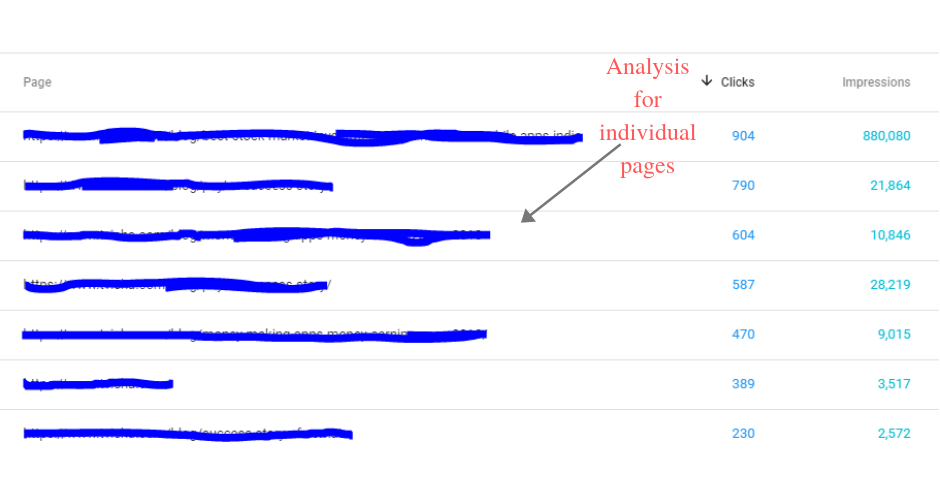
You can almost turn the tables by looking at the data for a single page in Search Console. This is even more exciting, I think.
Here you can see the Google performance for individual pages/content and get information about which keywords tend to rank. I miss that with other free SEO tools.
For this, you go under “Performance” below this time not on a keyword, but on the tab “Pages” and click on the page you want. This is then displayed as a selection criterion above and all data is then only from this page.
If you now switch back to the “Search queries” tab below, only the keywords that concern this selected page will appear here. In this way, one can see here, with which keywords the concerning side at which place entwines.
It’s very exciting to see an article in the Google Rankings.
For very small/new websites, the Dante, however, sometimes not so much meaning. These then fluctuate quite strong, which is normal.
So you can use the performance evaluation
This analysis of “performance” in Google can be used for many optimizations.
- The combination of impressions and rankings indicates what the most important keywords are for your own website or individual content.
- Increasing the CTR is very important to get more clicks. Here you can see very well how high the CTR is and where you should optimize accordingly the Meta Description and the Title.
- In addition, you get hints on which keywords should be optimized in individual articles in order to increase certain rankings.
- You also come across keywords that you have never thought of. This results in the possibility to optimize further rankings.
The SEO tool evaluation shows very well that individual articles rank not only for the main keyword but for many long-tail keywords.
This evaluation is also very suitable for analyzing SEO measures for old articles. So you can follow well, what that has brought.
Google Search Console Guide for URL check
The Google Search Console also offers a URL check. The menu item can be found on the left side, but you can also enter the URL at the top of the large input field. Of course you have to select the right property for the analysis.
The URL check shows different results:
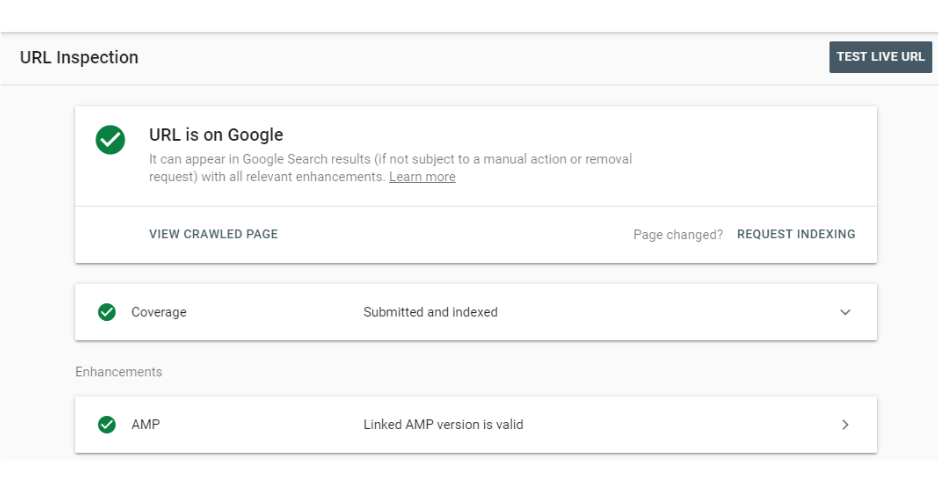
So there are e.g. the info, if Google has already crawled the page and if it is indexed. If the latter is not the case or you have made important changes, then you can apply for indexing with one click here.
In addition to the “cover”, so the indexing, you can view more information, such as whether this page is in the sitemap and when was the last crawl.
Also analyzed is the “user-friendliness on mobile devices”, which I will discuss in more detail below.
Furthermore, you can take a closer look at the crawled page by clicking on “View crawled page”. Here, the HTML code is displayed first.
Under the Screenshot tab, you can test the “Live URL” to see how Search Console renders the page. However, there are currently a few small problems and it is not always all the resources of the page loaded (info under “More Information”). But that will certainly be improved.
So you can use the URL exam
- This single page analysis is important to identify potential problems.
- Even missing indexing can be found and corrected here.
- In addition, you will receive important information about optimization for mobile devices.
Find problems and mistakes
On the left side there is the item “Cover” in the menu under “Index”. Here you will find information about how Google’s own website is indexed and what problems it may have.
Again, the overview display receives 4 key figures:
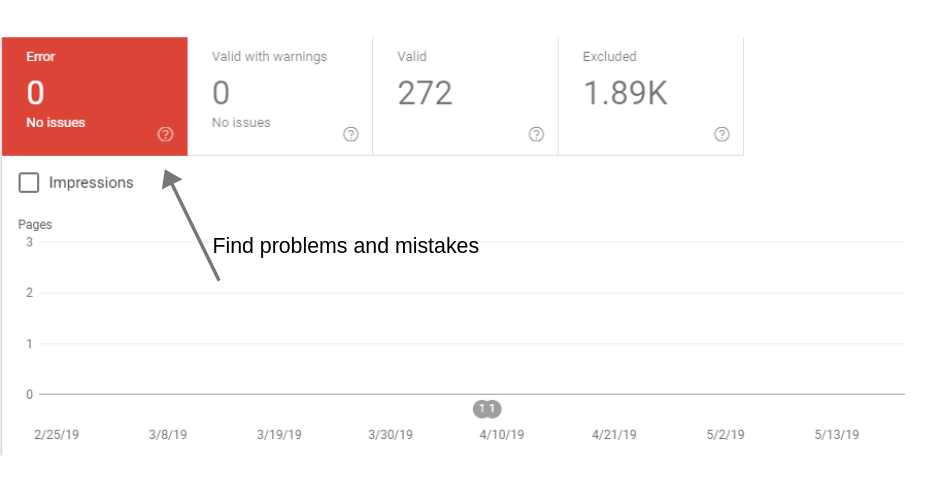
In any case, one should take care of any errors that appear. This can e.g. Server errors that occurred when the website was unreachable. You can look at the individual mistakes and analyze them.
If you have fixed the error, then click on “troubleshooting”. Then Google analyzes the pages concerned and looks to see if the error still exists or not.
Under “Valid” you will find the pages indexed by Google, where it is sometimes still a distinction whether they were delivered in a sitemap and were recognized by the crawler itself. You do not have to do much here, but you can see when each page was last crawled by Google.
Excluded are all pages that have not been indexed because they are e.g. are marked with “noindex” or do not have the right canonical day. This occurs e.g. on if an article is in several categories in it and only a URL of it is in the index.
Also, the robots.txt file can prevent pages from being indexed.
So you can use the analysis of the cover
- You should definitely analyze error messages and try to fix them.
- In addition, you can evaluate very well which contents are indexed and which are not.
- The analysis of individual pages reveals what exactly is wrong there.
Google Search Console Guide for Mobile Optimization
The “user-friendliness on mobile devices” I have already mentioned, but this analysis is also available as a separate menu item.
Again, errors are displayed that Google may have found:
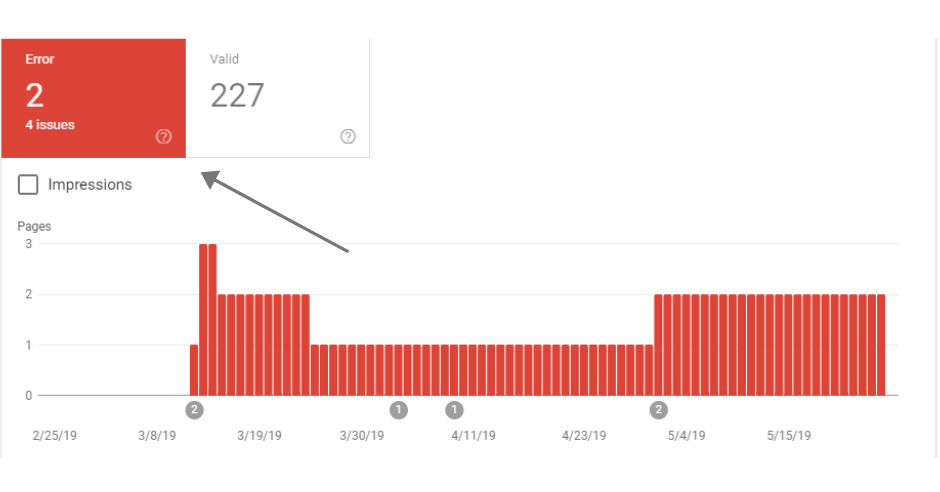
So there are e.g. the message “Clickable elements are too close together”, indicating a layout problem. This can be a general problem with the design of your own website, or it only occurs on individual pages, and then you should check them out more closely.
Also, the other bugs should be taken seriously and after the fix, click “Check Troubleshooting” to let Google analyze if the problem persists.
The mobile optimization should be taken very seriously since the mobile index is now the authoritative and error have a negative impact on the rankings.
This is how you can leverage mobile device usability
- Analyse and fix basic problems with your own layout.
- Fix problems and mistakes on individual pages.
The individual pages for which errors are displayed can be analyzed in a live analysis directly in the SEO tool.
Google Search Console Guide for Backlinks
Last but not least, I would like to point out the “links” analysis, which can also be found in the new Search Console.
Backlinks are still a very important ranking factor and a major contributor to where you stand in the search results.
On the one hand, Search-Console displays external links found by Google, that is, those set by other websites. You can also see which own pages have many backlinks.
Also of interest are the lists for “top referring websites” and “top referring text”. The former shows how many other websites have posted how many backlinks to us. The latter list shows which link texts were used most frequently.
So you can use the analysis of the links
- The general growth of your own backlinks can be monitored very well here.
- Possibly. harmful backlinks are recognizable here and can be marked as invalid by Disavow.
- You can monitor the success of your own backlink setup actions, even if they are shown here only with a delay.
- And you can build more external and internal backlinks for important sub-pages.
According to experts, the list of backlinks in the Google Search Console is not complete, but it is not in any SEO tool. Nevertheless, this listing is very extensive and probably the best source for it.
There is also an export option for new links in the new Search Console. So you can analyze even better how the link profile develops and what backlink measures have brought what.
Of course, these are not all the features that you can use in Search Console. There are also a few features missing from the old Search Console. Still, I think the Search Console is the best free SEO tool out there.
That you can use other free SEO tools in addition, such. On-page SEO tools, but of course is out of the question.
The new Search Console becomes standard
As of April 2019, only the new Google Search Console will be available.
Since then, work has continued on the new Search Console and more features have been added. Gradually, these are transferred from the old surface to the new, even if not everything has been done to this day.
Nevertheless, I am confident that we will have a comprehensive and well-functioning Search Console in a new guise as of next month. Then website owners can continue to use this, in my opinion, the best free SEO tool.
There is also an evaluation of internal linking. Here you can see which pages of your own website have received the most links from other pages of your own website.
HOW TO MAKE MONEY WITH GOOGLE ADSENSE?
How do you use Search Console? What are you interested in?













